If you are looking wholesale lighting solutions, click here.
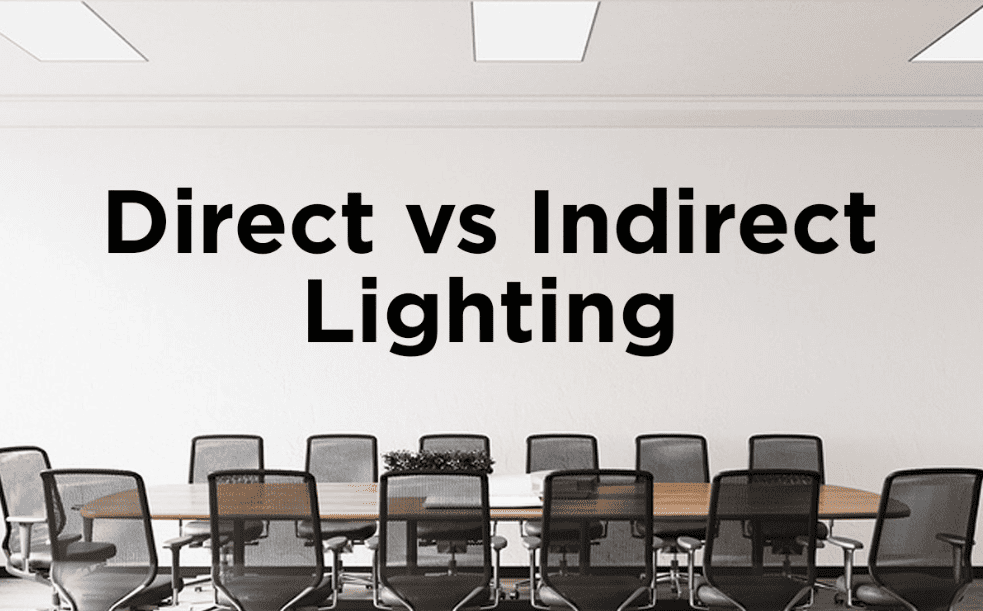
Lighting shapes the mood of a space, and choosing between direct and indirect lighting is critical. This guide unravels these two intricacies and explores their unique attributes & applications.
Thus, it can guide you to make informed decisions for well-lit spaces suited to their intended purpose.

Direct lighting is a focused illumination technique that directs light towards a specific area or task. It is ideal for spaces where precision and visibility are paramount, such as work desks, kitchen counters, or highlighting artwork. Direct light fixture minimizes shadows and enhances visibility by concentrating light in a specific direction.
Common examples include pendant lights, spotlights, and desk lamps, each serving to illuminate targeted spaces with clarity and intensity, making direct lighting a crucial choice in environments where tasks demand attention to detail and precision.
Indirect lighting is a diffused illumination approach that disperses light across a broader area by bouncing it off surfaces like walls or ceilings. This technique creates a soft, even glow, minimizing shadows and glare.
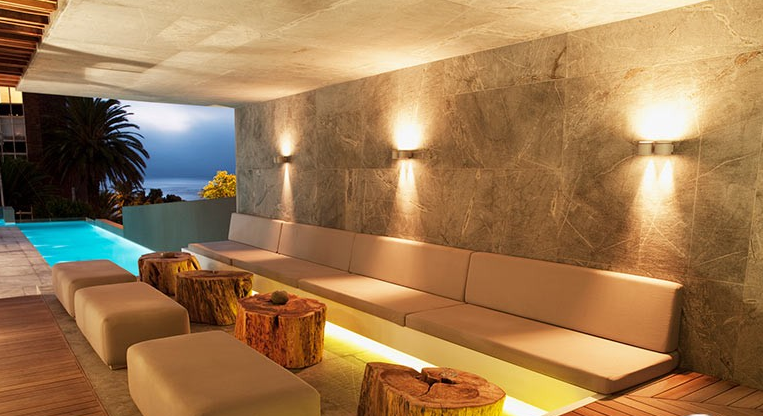
Indirect lights are renowned for fostering a relaxed and comfortable ambiance, making them suitable for living rooms, bedrooms, and hallways. Unlike direct lighting, it doesn’t cast sharp shadows, contributing to a more serene atmosphere.
Examples of indirect lighting fixtures include wall sconces, cove lighting, and LED strips that produce a gentle radiance that transforms spaces into inviting and visually pleasing environments.
Unlock the benefits and considerations of direct or indirect lighting as we delve into its pros and cons. From enhanced visibility to accentuating key features, natural lighting boasts advantages.
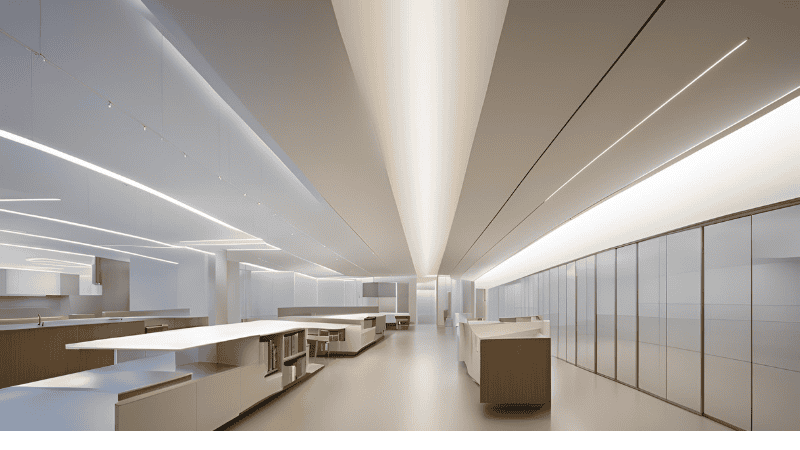
Direct lighting provides enhanced visibility, making it an ideal choice for tasks that demand precision and focus.
By directing light precisely where needed, this form of illumination ensures clarity and visibility, creating well-lit environments conducive to reading, working, or cooking with heightened visibility and attention to detail.
Direct lighting goes beyond illumination; it’s a design tool that accentuates critical features. Whether showcasing artwork, architectural details, or focal points, this technique draws attention to specific elements within a space.
The focused beams highlight and define, adding a layer of emphasis that elevates any environment’s aesthetic appeal and visual interest.
Direct lighting provides unparalleled control over light direction, allowing you to target areas or features precisely. This level of control is ideal for highlighting specific objects or architectural elements or creating focused, task-oriented illumination.
Compared to indirect lighting, where light is diffused, direct lighting offers a more directed and intentional approach to shaping the visual experience in a space. Understanding this distinction is crucial when considering optimizing lighting schemes based on your environment’s needs and aesthetics.
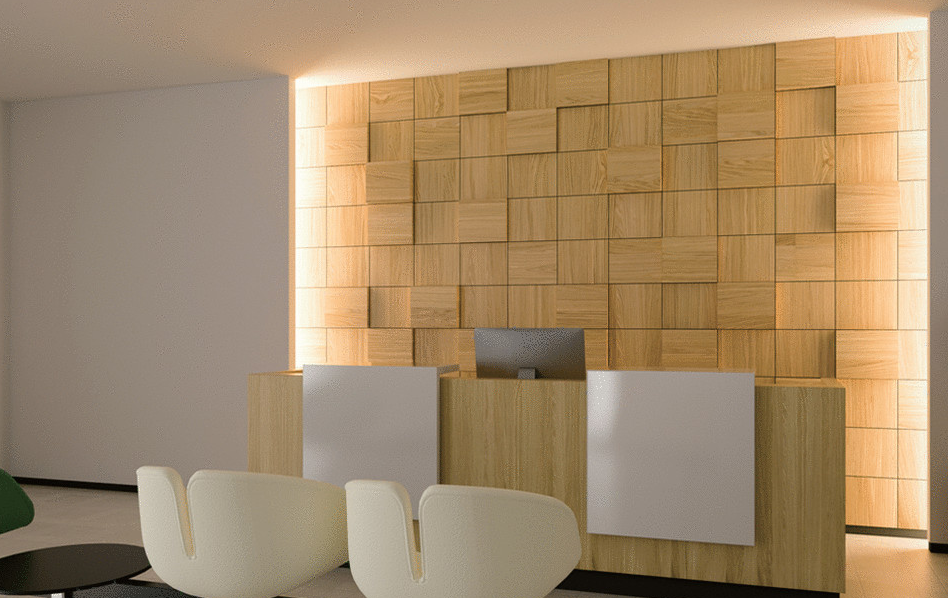
Direct lighting shines as a task-oriented illumination solution, delivering focused and bright light for activities like reading or working.
With control over light direction, it precisely targets surfaces, creating an environment ideal for specific tasks. Its versatility in providing brighter solutions enhances visibility and supports concentrated activities in various settings.
One consideration with direct lighting is the potential for creating harsh shadows, especially in spaces with uneven surfaces. The focused beams may cast stark shadows, impacting the overall visual comfort and aesthetic.
Understanding this aspect is crucial when deciding between direct and indirect lighting, ensuring the chosen illumination aligns with the desired ambiance.
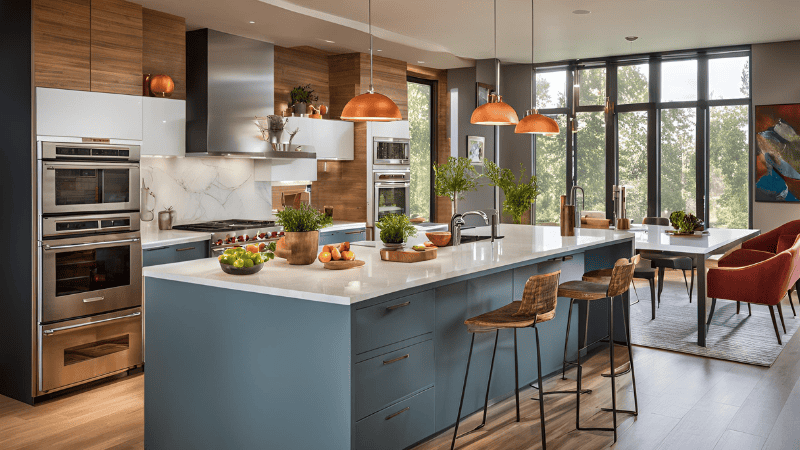
Indirect lighting brings a soft, versatile glow to spaces, minimizing shadows and reducing glare. While creating a cozy ambiance, weighing its benefits against potential limitations is crucial. Let’s delve into the pros and cons of indirect lighting, exploring the nuanced aspects of informed decisions.
Indirect LED lighting achieves a soft, even glow, gracefully illuminating surroundings. This technique ensures a visually pleasing ambiance.
Ideal for living rooms and bedrooms, it bathes spaces in gentle light, creating an atmosphere of tranquility. The artful balance of brightness and subtlety makes it a preferred choice for ambient lighting schemes.
Indirect wall lighting is the secret to fostering a cozy ambiance, enveloping spaces in warmth and comfort. Perfect for living rooms and bedrooms, its gentle glow transforms environments into inviting retreats. With its warm illumination, this technique adds an essential touch of coziness to the overall atmosphere of a space.
Indirect lighting masterfully reduces glare, providing gentle, easy illumination to the eyes. This technique ensures a comfortable visual experience, making it an ideal choice for spaces where harsh glare might be disruptive. The careful control of light dispersal contributes to a glare-free and eye-friendly environment.
Indirect lighting showcases remarkable versatility, adapting gracefully to diverse environments. With its soft glow and ambient appeal, it seamlessly integrates into various spaces.
From living rooms to hallways, its adaptability allows for elegant illumination, contributing to the overall aesthetic while providing a touch of sophistication to every corner it illuminates.
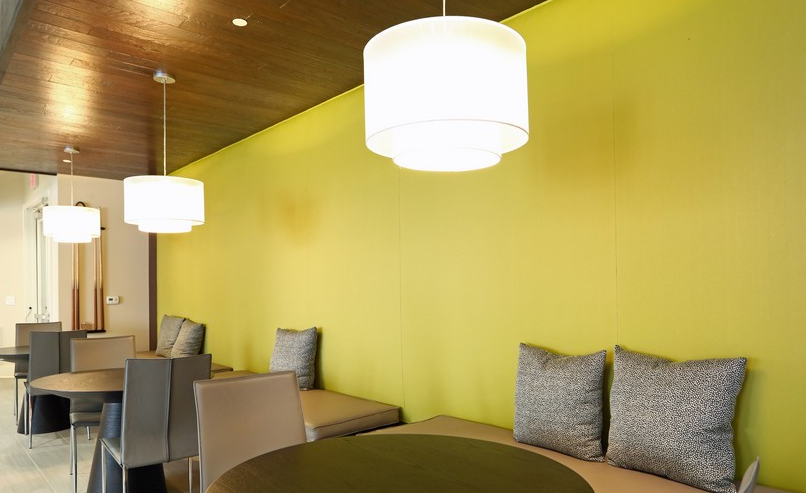
Indirect lighting, while creating a soft glow, might offer less focused illumination, limiting its suitability for task-oriented activities. The diffuse nature of the light, although perfect for ambient settings, may need to catch up in scenarios where concentrated and direct illumination is essential for specific tasks or activities.
Direct and indirect lighting have different uses and characteristics; choosing between them depends on a space’s specific needs and requirements. Here’s a table outlining when to use each type of lighting:
| Criteria | Direct Lighting | Indirect Lighting |
| Ambient Lighting | Suitable for general illumination | Ideal for creating a soft, even, and diffused ambient light. |
| Task Lighting | Appropriate for focused tasks | Not typically used for task lighting, but can be supplemented with task lighting fixtures. |
| Aesthetic Appeal | May create shadows and glare | Minimizes shadows and glare, provides a pleasing and comfortable atmosphere. |
| Accent Lighting | Can be used for highlighting specific objects or areas. | Not typically used for accent lighting, but can indirectly highlight elements in a space. |
| Visual Comfort | May cause discomfort if not properly diffused or shielded. | Provides high visual comfort due to its indirect, soft, and uniform light distribution. |
| Ceiling Height | Works well in spaces with lower ceilings. | Well-suited for spaces with higher ceilings, as it can bounce light off surfaces. |
| Energy Efficiency | Efficient when fixtures are properly designed and placed. | May require more energy due to the need for reflective surfaces or multiple light sources. |
| Style and Design | Often used in contemporary or task-oriented settings. | Commonly used in modern and architectural designs, creating a visually appealing environment. |
| Glare Control | May require glare control mechanisms like diffusers, shields, or louvers. | Generally has minimal glare, making it naturally comfortable for occupants. |
| Space Functionality | Suitable for spaces where direct light is needed, such as workstations, kitchens, and reading areas. | Ideal for spaces where an even and soft illumination is desired, like lobbies, living rooms, and dining areas. |
Yes, incorporating direct and indirect lighting in a space is a design strategy that offers a harmonious blend of functionality and ambiance.
For instance, in a living room, you can use a combination of direct lighting, such as a pendant over a reading nook, for focused tasks and indirect lighting, like cove lighting, to create an overall inviting atmosphere.
Pendant lights above work areas in kitchens provide direct task lighting, while indirect lighting under the cabinet contributes to a well-lit and pleasant environment. The synergy of both types enhances visual interest, ensuring a balanced and adaptable lighting scheme.
By strategically placing fixtures, you achieve a layered effect, combining the precision of direct lighting with the soft radiance of indirect lighting, creating a versatile and visually appealing space tailored to different activities and moods.
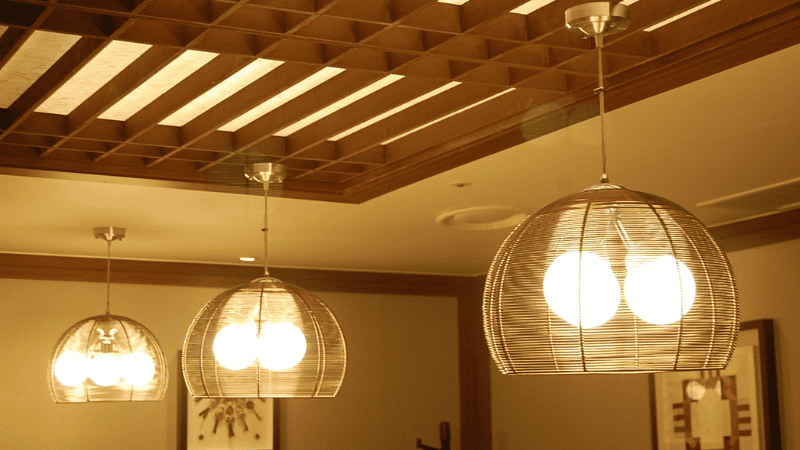
Choosing between direct and indirect lighting is about understanding and aligning their unique attributes with your space’s purpose. Natural lighting with focused beams is ideal for task-oriented areas, offering brighter solutions and precise illumination.
On the other hand, indirect lighting diffuses light, creating ambient environments with softer radiance. The decision hinges on your lighting goals.
For task lighting, direct lighting excels, providing brighter solutions and focused beams for specific activities. Meanwhile, indirect lighting creates ambient atmospheres, diffusing light for a softer glow.
Ultimately, the best choice for direct vs indirect lighting depends on your space’s needs: task-oriented brightness or an ambient, inviting glow.
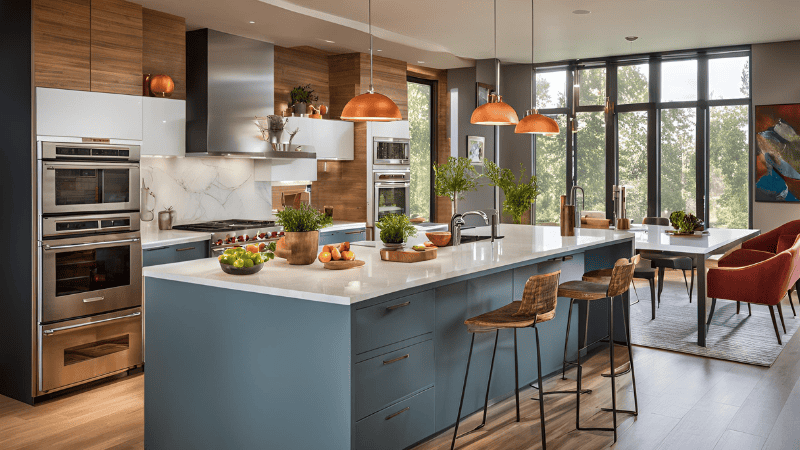
Opt for indirect lighting when aiming for ambient environments and softer illumination. This choice contrasts with a direct light source, known for task-oriented brightness and focused beams, ideal for workspaces or kitchen areas. Consider your lighting goals and space function when making the decision.
Direct lighting focuses on task-oriented brightness with brighter solutions and precise beams. Brighter direct lighting solutions are ideal for workspaces and kitchens.
In contrast, indirect lighting diffuses light for ambient environments, creating a softer glow suitable for living areas. The difference lies in their approaches— direct lights for tasks and brightness, and indirect for a cozy, ambient atmosphere.
Direct lighting is the go-to for tasks that demand precision and focus. It excels in workspaces and kitchens, providing brighter solutions and concentrated beams for specific activities.
Indirect lighting outdoors, while creating a soft glow, may present limitations. It offers less focused illumination, impacting its suitability for task-oriented activities that require concentrated brightness.

Choosing indirect or direct lighting creates a contest for unique attributes against specific needs. The optimal approach involves seamlessly combining both, resulting in a versatile and well-balanced lighting scheme that enhances both functionality and aesthetics throughout your space.
Elevate your wholesale offerings with Risun’s premium direct and indirect lighting solutions. Perfect for B2B clients, our range balances task-focused precision and ambient elegance to meet diverse needs.
Our expertise in task-oriented brightness and ambient illumination ensures a tailored approach for your space. Partner with Risun to enhance your inventory and deliver top-tier lighting to your customers. Contact us today and illuminate your path to success!
Comprehensive Lighting Solutions for MRO Wholesalers and Professionals
send your inquiry
Hi, I'm the author of this post, and I have been in this field for more than 15 years. If you want to wholesale lighting fixtures or lighting related product, feel free to ask me any questions.
Learn More >>Download our catalog to view all of our lighting products.
Ready to get started ?
Send Your InquiryOur team will get back to you promptly

please
download
Get notified about new products
Our team will get back to you promptly!
Add your first comment to this post